2021 was going to be better than 2020. At least in terms of what you are all thinking. And it has been, yes, but not to the extent that each and every one of us expected. What an end to the year we have had. The tunnel is getting a little bit longer. Longer than we ever imagined, even a little over a year and a half ago.
Something similar to what was already a constant during the previous twelve months is happening: that (fortunately) one is able to make a selection of twenty discs, because it could be forty or fifty. Perfectly. Whoever doesn’t have an ounce of faith in current production and is still anchored to the refrain that any time in the past was better, doesn’t know what they’re missing out on.
They are songs, albums, sometimes even live (little by little), that not only feed our souls, as corny and cheesy as it may sound, but are also a faithful reflection of the times we are living in. With some of them we sum up 2021. In five reading planes. In five keys to assimilate what is happening to us through pop music, which comes from popular music: that which motivates and excites us so much.
#1 Dancing for stolen hugs, with tears in her eyes
If during 2020 the albums of the disco revival, the effervescent works of Kylie Minogue, Dua Lipa or Jessie Ware, were something like the denial of what was happening to us, those of For Those I Love and Fred Again… (this one double) have been like those of definitive acceptance of reality. Hitting rock bottom to get back up again. Suffering in order to enjoy again. To see the light at the end of the tunnel. The sound of fucking resilience. That’s what I’m talking about.
The stolen hugs, the postponed parties, the postponed concerts (and not yet fully recovered), the human contact with the most loved ones and, above all, the evocation of all this with death very close, very present through close friends or brothers in spirit, were the driving forces behind two albums that conjugated, in rabid present tense, with street language and economy of means, some of the best idioms of British electronic music and synthetic pop of the last decades (2 Step, dubstep, drum’n’bass, the heritage of The Streets, the voice filters of urban sounds) in three thrilling collections of songs.
So intense, so outstanding, so emotive, that it’s hard to think that their authors will ever be able to top themselves. Let’s hope they haven’t already said it all. In June we have them, respectively, at Sónar and Primavera Sound.
#2 (post) punk isn’t dead, (post) punk is back
We paraphrase Pentratonika’s song in our own way, more for aesthetic than ethical reasons, because post punk has never really gone away in the last forty years: it just happens to be more alive, mutant and unpredictable than ever, and its epicentre is also more visible, something almost miraculous in this era of globalised and micronised creative endeavours all over the planet.
Its hotbed is staged at The Windmill, a small concert hall in South London, and its young pups are Squid, Black Country, New Road, Dry Cleaning and Black Midi. All have released excellent albums (the first three debuts) that make the old sound terribly fresh.
Their songs are angular, crunchy, emphatic, intriguing, allergic to the conventional and without esteem for the canons and corsets of the old radio formulas. No one can deny that post-Brexit rock embodies the best Brit generation since Franz Ferdinand and company were babbling. However much the unrepeatable Arab Strap, this year with an outstanding comeback, laugh at them all again, with the same bad blood that Luke Haines laughed at the Brit pop kids in the nineties.
They are closely followed by slightly older, even more recognisable peers like Shame, Idles or the best Sleaford Mods we’ve ever known (who would have thought it, with how limited their credo seemed a decade ago), with Parquet Courts and Geese watching from New York, Viagra Boys from Stockholm or Turnstile from Baltimore.
With all of them, you can border on fifty (or pass it) and feel like you’re twenty. Word.
#3 Quiet (and long) is again the newest cool
We can dance as if we were under a ball of mirrors, we can also pogo as if we thought we were in London in ’77, but as this overwhelming reality that has been knocking us about for almost two years now pushes us to opt for the most intense experiences possible (sometimes extreme) and leave behind half measures that lead to (almost) nothing, we can also opt for a retreat into the intimate, the confessional, the stealthy, the warmly welcoming. And if it also comes in a package that disdains the fleeting and jibarised consumption of the streaming era, so much the better. Then the immersion is complete.
That’s probably why this has been the year of Floating Points and Pharoah Sanders, making an unclassifiable album between free jazz and electronica that is a single, thrilling 46-minute composition. That’s why Sufjan Stevens (with his colleague Angelo De Augustine) has once again thrilled us in a way he hasn’t done since the also acoustic Carrie & Lowell (2015). That’s why Kings Of Convenience have once again convinced us of their greatness. That’s why two of the year’s revelations, Cassandra Jenkins and The Weather Station, are both women who opt for delicate, detailed and atmospheric subtlety.
That’s why the inimitable Low continue to make only Low. And that’s also why our own Julio De La Rosa has dared to release a precious album dedicated to his daughter, which is like a soundtrack to a non-existent film that takes the form of a cut of almost fifty minutes. With balls. This is no time to leave anything behind. Because of what might happen. And it’s a win-win situation, really.
More reserved, and also more discreet than usual, is the harvest of the illustrious veterans. Paul Weller, Van Morrison, Neil Young, Tom Jones, Elvis Costello, Bruce Springsteen, Marianne Faithfull or Nick Cave (the latter two with Warren Ellis) have made estimable albums that, even so, are neither going to show us anything we don’t already know, nor are they going to be among their peaks.
#4 The great black worldview
The music born of blues, soul, hip hop and r’n’b in all its tributaries doesn’t even need the identity and vindicatory alibi that Black Lives Matter gave them a year ago. Although it didn’t exactly do them any harm either. This tangle of sounds is so vast and unwieldy that the excitement is overflowing.
Of course, it’s not so easy to find albums where nothing is too much. Of those that don’t invite you to hit the skip key. Either because of a somewhat intermittent brilliance (Doja Cat, SZA, Paloma Mami, H.E.R.) or because they are redundant in exercises of style (impeccable, irreproachable, but exercises of style nonetheless) such as those of Silk Sonic, St. Vincent or Jon Batiste. The unpredictable Kanye West overcame (somewhat) his recent shambles, beating Drake to the punch, in the same business that has brightened and oxygenated Lil Nas X and Tyler, The Creator.
And although Arlo Parks, Billie Eilish, Leon Bridges, Nathaniel Rateliff & The Night Sweats and Tirzah, each in their own style (some of them are only black in heart, not in skin), were big words from start to finish, the great record in this area was signed by a huge Little Simz. His work was totally uncontestable.
#5 Our own, taking on the legacy and the thirties of our puppies
There have been two constants, roughly speaking, in Spanish pop and rock music: the astonishing and definitive reconnection of local folk tradition and avant-garde sound, on the one hand, and the coming of age of an urban generation that assumes (in its own way) more adult postulates than it was supposed to have until very recently.
On the former, how could we fail to mention the extraordinary records by Maria Arnal and Marcel Bagés, Califato 3/4, Ruiz Bartolomé, Niño de Elche, Verde Prato, Sandra Monfort, Los Hermanos Cubero, Baiuca and Tarta Relena? As for the latter, it is obligatory to note that C. Tangana, Alizzz, Yung Beef, Sen Senra, Goa and Albany are in their thirties, just in the year in which a book is published that gives a very good overview of their scene, which emerged almost a decade ago, that time flies.
And they do it, in most cases, with remarkable albums that have everything to empathise with the general public, both broadly (their diversity of styles, their lack of prejudices) and highly (their connection with the tastes of generations decades older than them). In the end, neither what was theirs was so new nor what, by contrast, we took for old, was so old.
Meanwhile, while the new generation is being written with the names of Cabiria, Rebe, Chavales, Mori, Marcelo Criminal and so many others, the usual ones and those who have been going their own way very recently, continue to score very high: Kiko Veneno, Joaquín Pascual, Ferran Palau, Joana Serrat, Gener, Espanto, Soleá Morente, Parade, Queralt Lahoz, Tote King, Júlia, La Habitación Roja, El Petit de Cal Eril, El Hijo, Maronda, Wild Honey, Zahara, Alexanderplatz, Steven Munar, the aforementioned Julio De La Rosa or the debutant Maria Hein could also feature on any reasonable list.
(Header photo: Little Simz, by Patthew Parri Thomas)


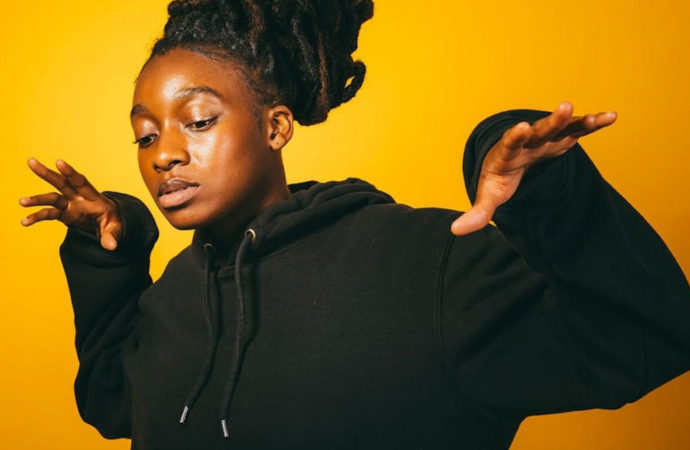

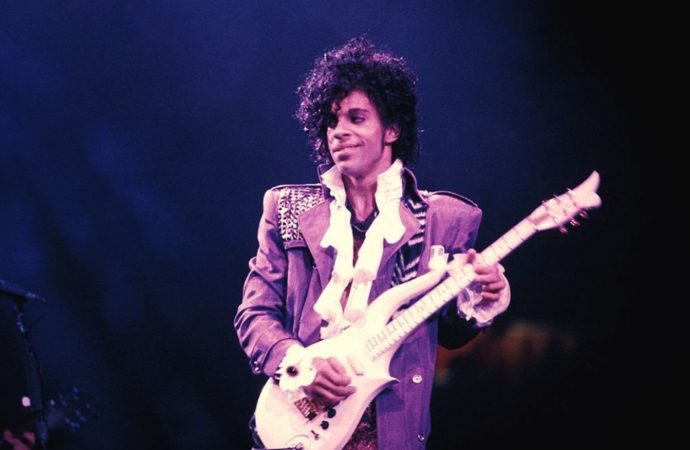
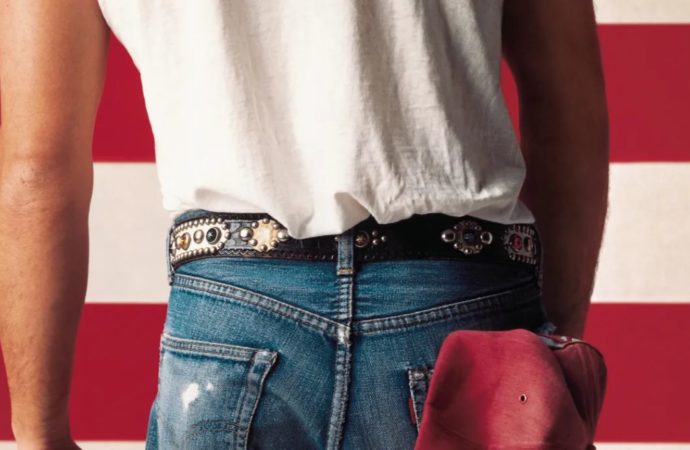
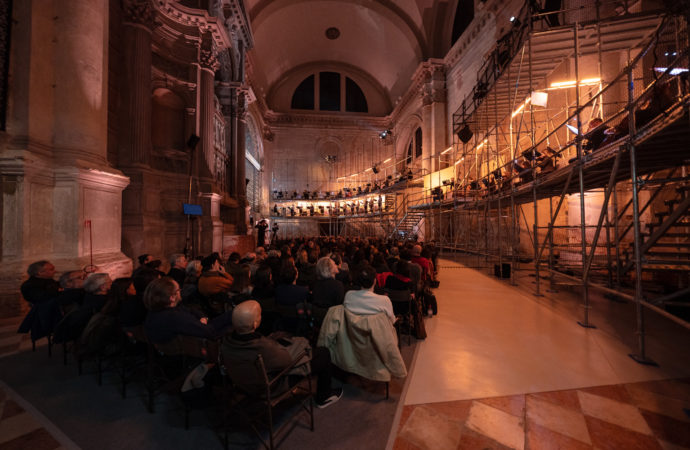
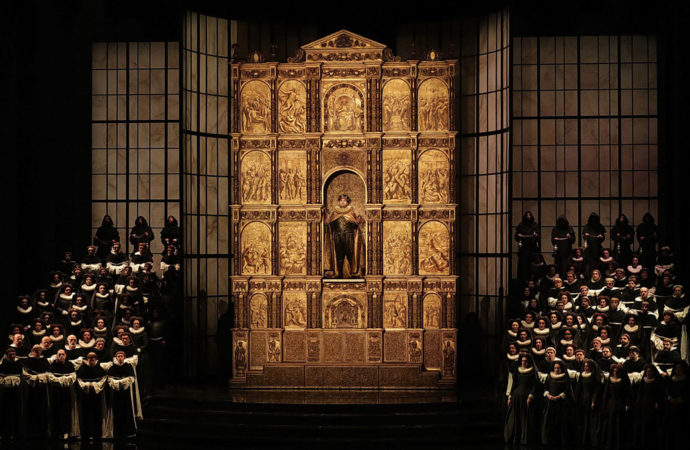
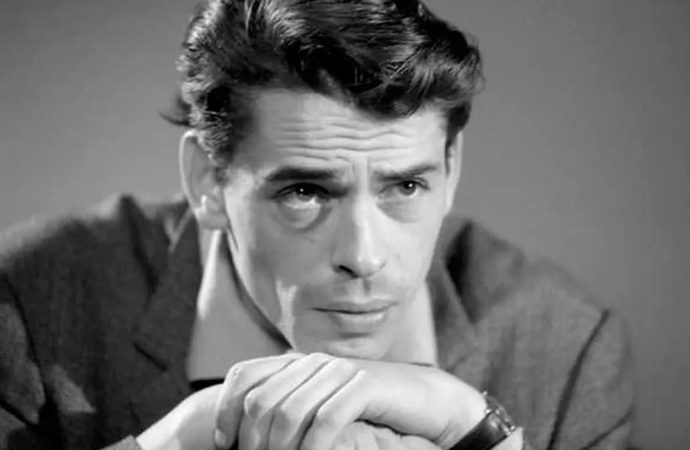
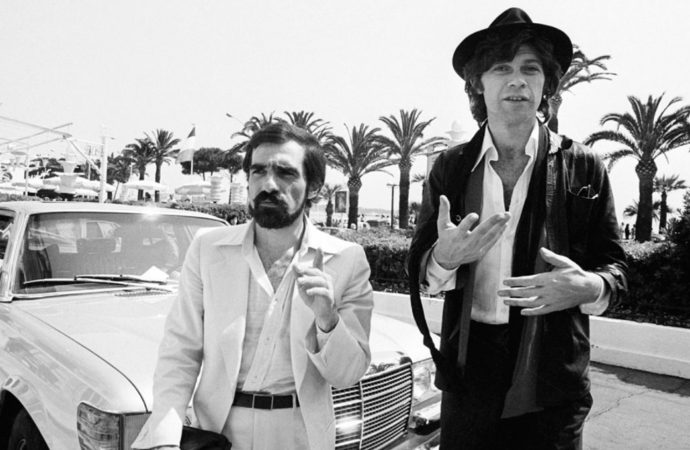

No one has posted any comments yet. Be the first person!